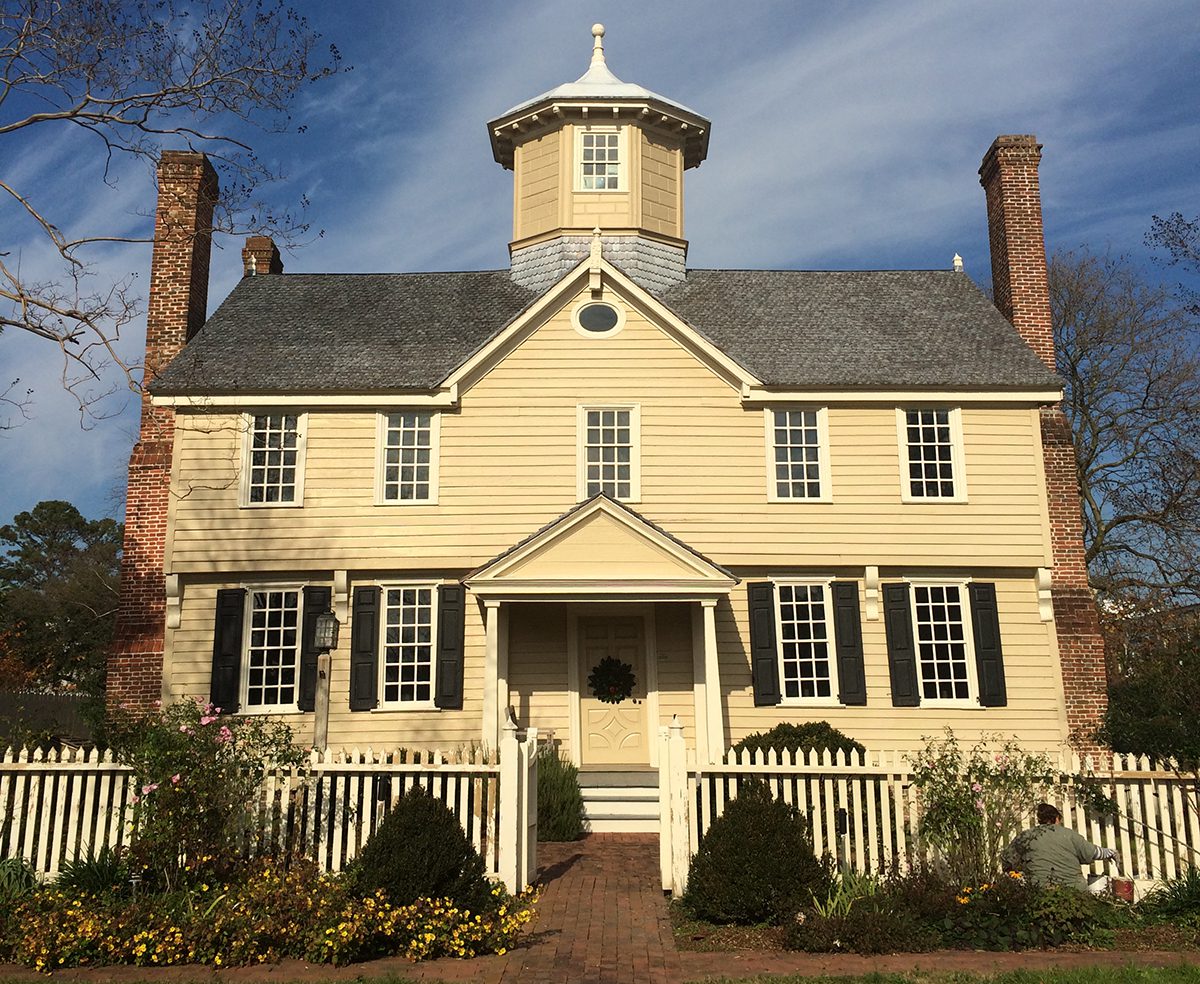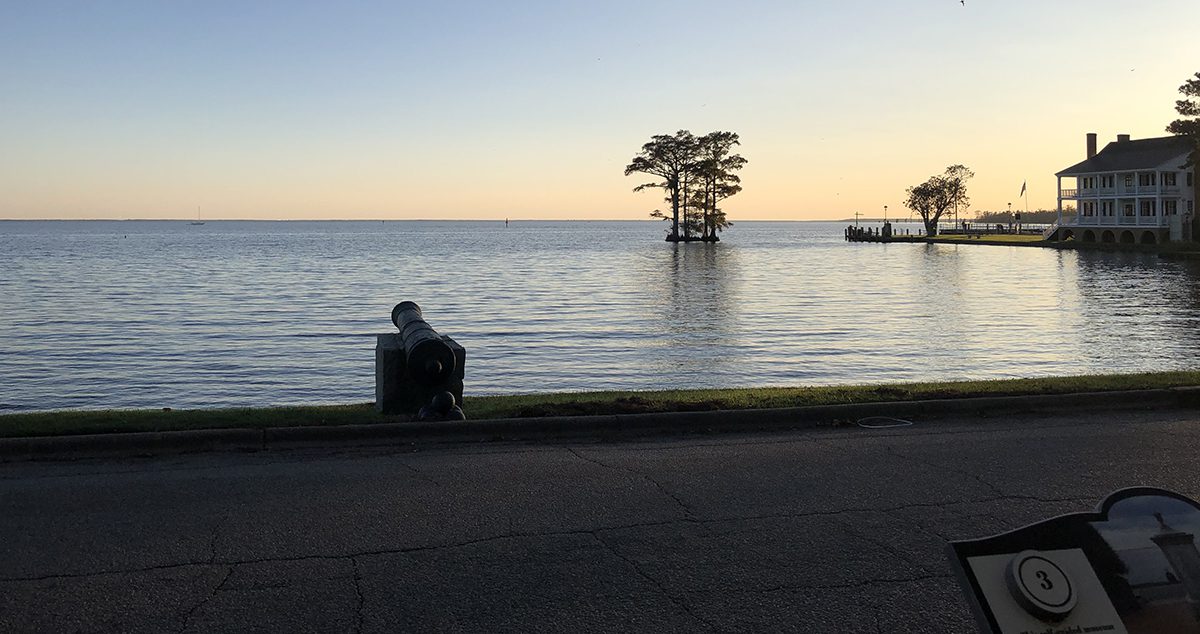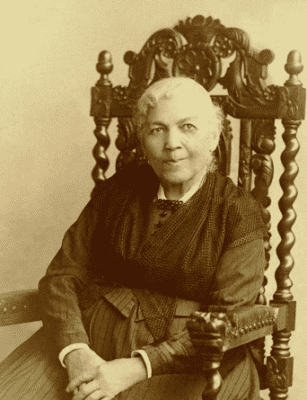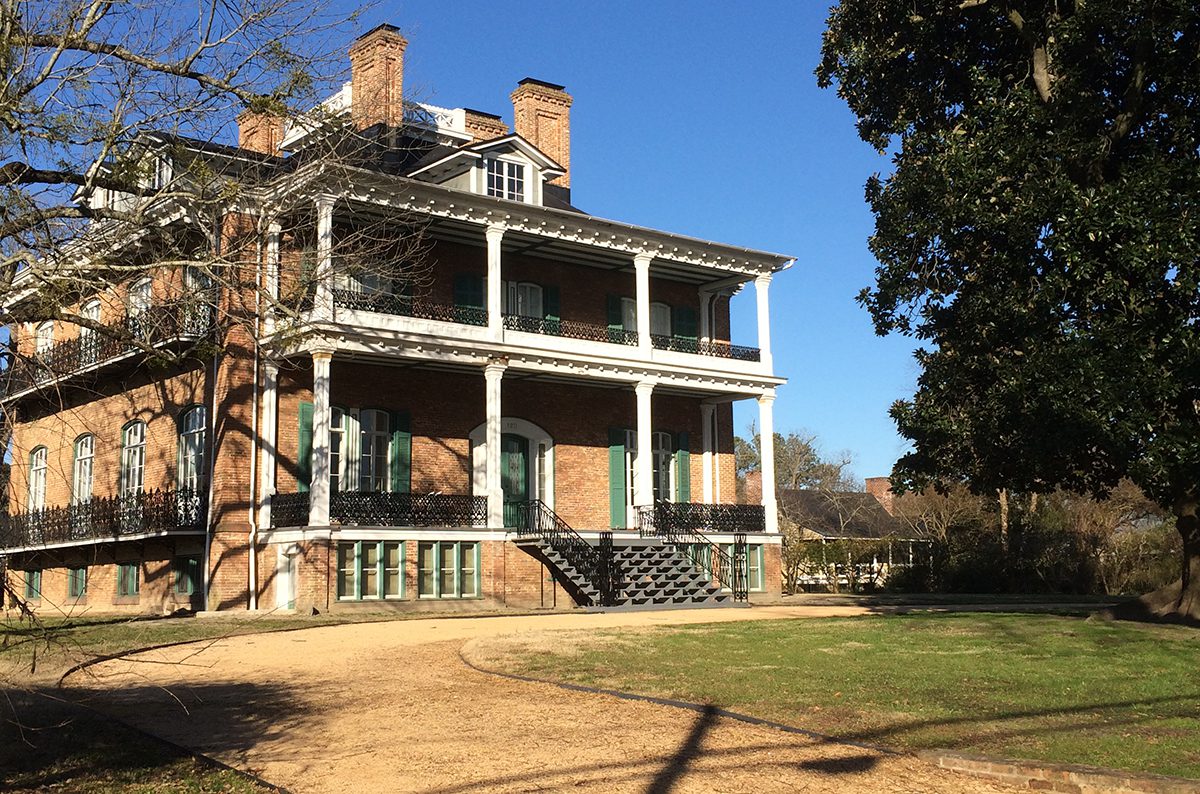
Edenton is an unusual center of historical tourism in the state. It is much larger than the preserved museum pieces that make up historic sites such as Bath and Halifax. But it is also far from the beach and lacks any large companies like the ones home to New Bern, Wilmington and Beaufort.
Instead, Edenton is a town of 5,000 that is Chowan’s county seat and has one of the largest groups of historic buildings in the state. After years of neglect that were remarkable for a town once billed as a colonial capital, Edenton’s historic legacy has propelled it over the past five decades and continues to define it into the 21st century.
Supporter Spotlight
Locals here have long recognized the importance of history to life in Edenton. Charles Boyette is a historical interpreter in downtown Edenton whose family has lived in the Albemarle Sound region for hundreds of years. He has been going downtown for decades for various reasons. Boyette said that for Edenton residents, “history is an everyday part of your life.”
Boyette would drive downtown to go to eat at nice restaurants or buy appliances. He recalls seeing historic names on every house and spending much of his childhood wondering who exactly lived in those stately mansions. This interest ended up leading to a career in historical interpretation, a field he has been in for over a decade.
Edenton came out of the early settlement of northeastern North Carolina. In the 17th century, farmers began to move south from Virginia to the area north of Albemarle Sound looking for better tobacco lands. They settled along the sound and its most navigable rivers, such as the Pasquotank and Chowan. As the English population grew in the area, the ruling Lords Proprietor were compelled to establish forms of government and other entities to aid with trade and tax collecting.
Along with the first North Carolina counties, the Proprietors allowed for the establishment of early towns. Edenton, founded on the confluence of the sound and Queen Anne’s creek, was the third town founded in the colony after Bath and New Bern. It was named after Charles Eden, an early governor of the colony who later became well known for his alleged friendship with the notorious pirate, Blackbeard.
Edenton continued to grow in size and significance throughout the 18th century. It became the first capital of North Carolina in 1722. The town was a port for the entire Albemarle region. Northeastern planters could load their batteaux full of tobacco and other supplies and send them down the Roanoke or Chowan rivers, free of impediments, to Edenton.
Supporter Spotlight

Consequently, the town became a center for sophisticated governmental buildings and political leaders. It is the home of North Carolina’s oldest courthouse, the Chowan County Courthouse, built in 1767 on the town green. It was also the residence for numerous governors and later senators.
Famous North Carolinians like Supreme Court Justice James Iredell, signer of the Declaration of Independence Joseph Hewes, and Gov. Samuel Johnston, who all called the town home during the 18th century.
Both men and women played important roles in the town’s history at this time. The women of Edenton launched a famous boycott of British tea in 1774, one of the most notable protests by women during the colonial period.
As the 18th century continued, the focus of settlement in North Carolina shifted to the south and west. The colony became less dependent on overland and river travel from Virginia. North Carolina began to cultivate other early ports and utilize the Neuse and Cape Fear rivers. An assortment of Scots-Irish, German and Scottish settlers began to use overland routes to populate the backcountry, further reducing the significance of the Albemarle region. Finally, Edenton was further isolated by a 1795 hurricane that deposited silt into the Albemarle Sound’s ocean inlet.
But Edenton remained an important town in the early history of the state. It was surpassed in population by other towns, dropping to the eighth largest town in the state by the 1860 census. But its coastal position and proximity to Norfolk meant that the city still retained a level of importance in the coastal region. It remained a center of shipping and water transportation, both along the coast and internationally. This location contributed to Edenton’s role in the slave trade. International and coastal slave ships plied the waters of the Albemarle and docked at Edenton.

Numerous enslaved people would work as pilots and seamen. One of these ships helped bring Edenton-born Harriet Jacobs to freedom. As a girl, Jacobs was abused by her enslaver and resolved to escape. She spent seven years hidden in a small crawl space before reaching a ship and finding her way to freedom in New York City. Her memoir, “Incidents in the Life of a Slave Girl,” ended up becoming a bestselling book and an important piece of Southern literature.
Unlike other early Albemarle towns, Edenton retained enough statewide importance to become a strategic target during the Civil War. One of Edenton’s Confederate units, named the Bell Battery because it fired a cannon melted down from the town’s brass bells, fought at the battles of Fredericksburg and Kinston. The town was vulnerable once Gen. Ambrose Burnside successfully captured nearby Roanoke Island. It was invaded by the Union shortly after and held until the end of the war.
Following the war, Edenton embraced the agriculture industry and the new crops that became dominant in the region. It was a center for peanut growing and processing. Edenton gained a cotton mill in the 1890s, one of the first in the Albemarle region, according to the mill’s National Register of Historic Places nomination form.
Much of the mill complex and its village is still standing and now contains a museum. Edenton’s position on the coast and embrace of industry allowed it to retain a considerable amount of wealth for a coastal North Carolina town. This wealth is evident by the dozens of stately Victorian homes that dot the historic district, including the circa 1851 Wessington House at 120 W. King St. and a notable brick mansion at 205 E. King St.

The 20th century saw Edenton embrace its rich historic legacy in a way that few other towns of its size in the southeast had before. In many ways, the historic preservation movement in North Carolina began with a project in the town. The 1758 Cupola House, one of Edenton’s oldest houses and a site of state history, was slated to be torn down in 1918.
A local group, the Cupola House Association, purchased the property at 408 S. Broad St. and turned it into a local museum. Authors Mary Ann Coffey and Murphy Moss described the purchase as “the earliest community preservation effort in NC to save a historic structure.” The precedent of the Cupola House would be repeated numerous times throughout the state and helped pave the way for the creation of the historic preservation movement.
Historic tourism has emerged to become a significant part of Edenton’s economy. The downtown area is dominated by the Edenton Historic District and the numerous historic buildings that are open for tours by public and private groups. Edenton also has several downtown gift shops, restaurants and three historic bed and breakfasts, including the award-winning Inner Banks Inn.
The town was part of writer Joseph Cosco’s 1993 scenic tour of the Albemarle, of which he wrote, “Scattered here and there, almost always near the water, are the history-soaked mansions, merchant-class homes and county courthouses that served as a stage for the birth of both the colony and the nation.” Interest has only grown since then, with its historic district being featured numerous times on HGTV and in the New York Times.
There is uncertainty on the horizon for Edenton’s future. Like the rest of the Albemarle region, it has the potential to be a suburb of Norfolk. Interstate 87 has the potential to substantially reduce driving times between the Albemarle and the Hampton Roads area. Edenton is only 50 miles south of Suffolk, Virginia, a town that has grown by nearly 10 times since 1970. It has the potential to become a bedroom community, defined by large apartment complexes, chain stores, and subdivisions.
Despite this growth, there is hope here that state laws and the local love of history will preserve downtown Edenton as a center for the state’s historic heritage for generations to come.







